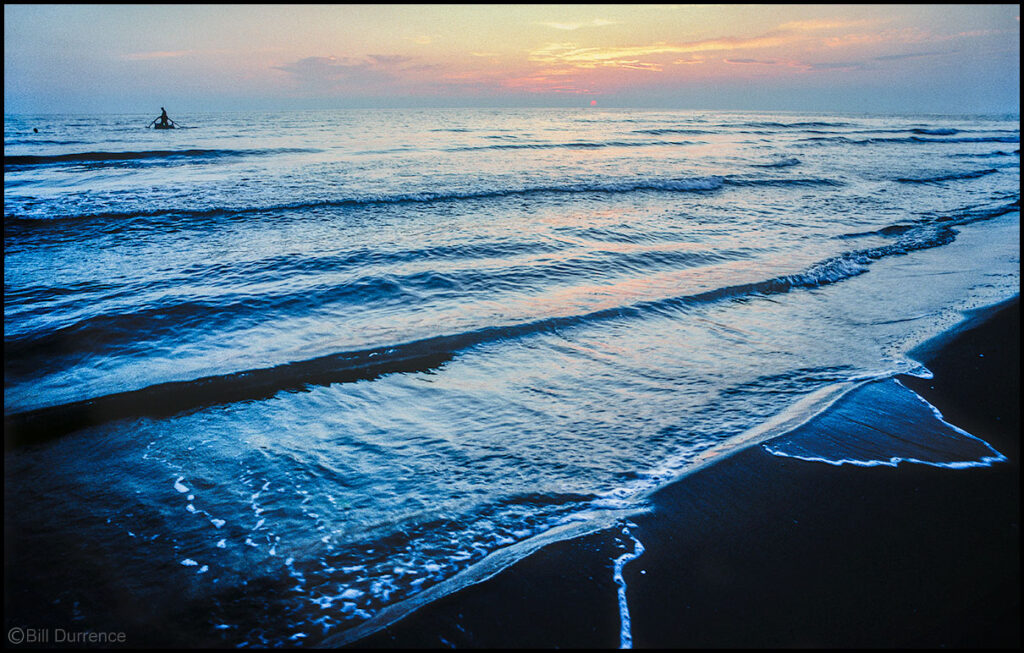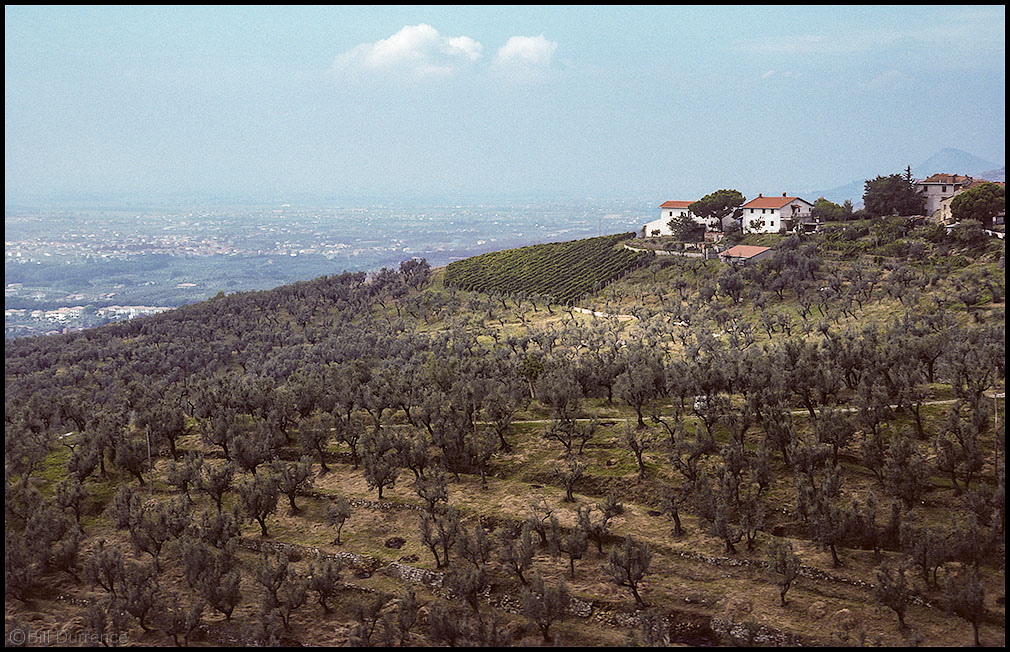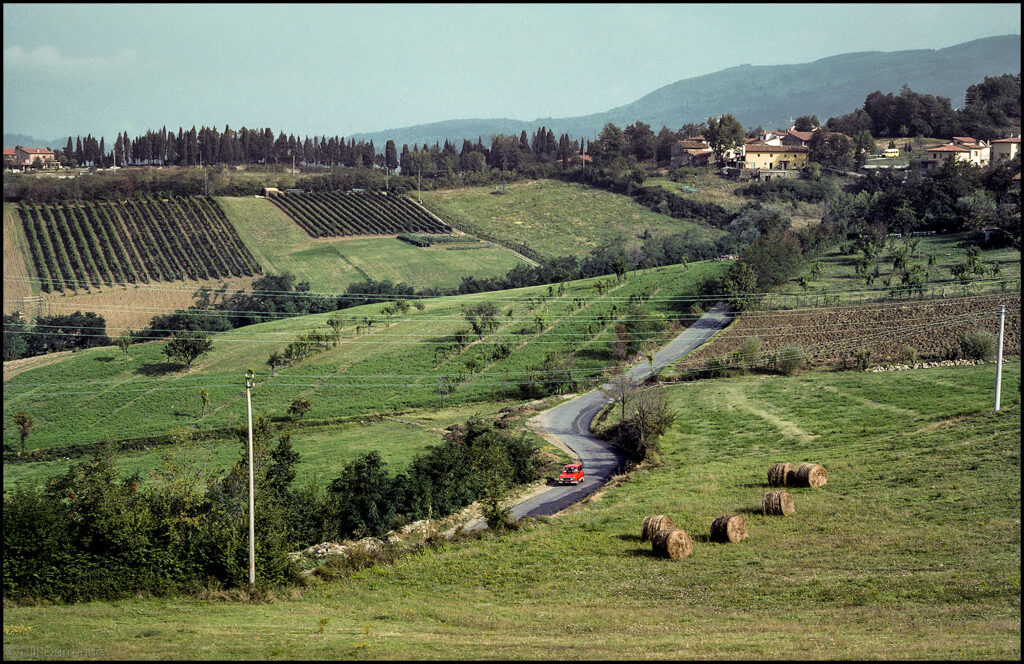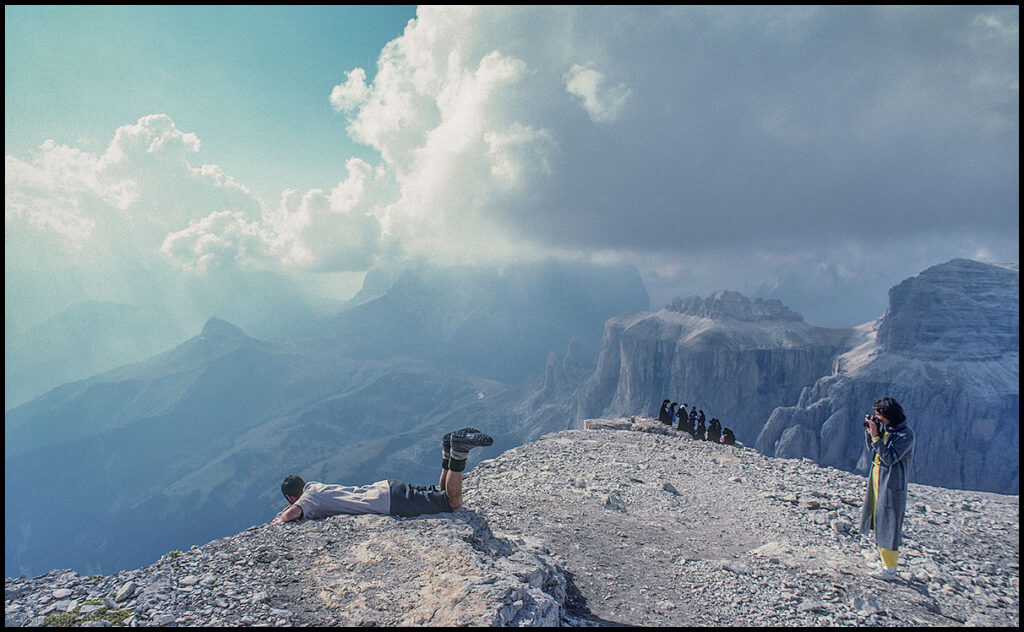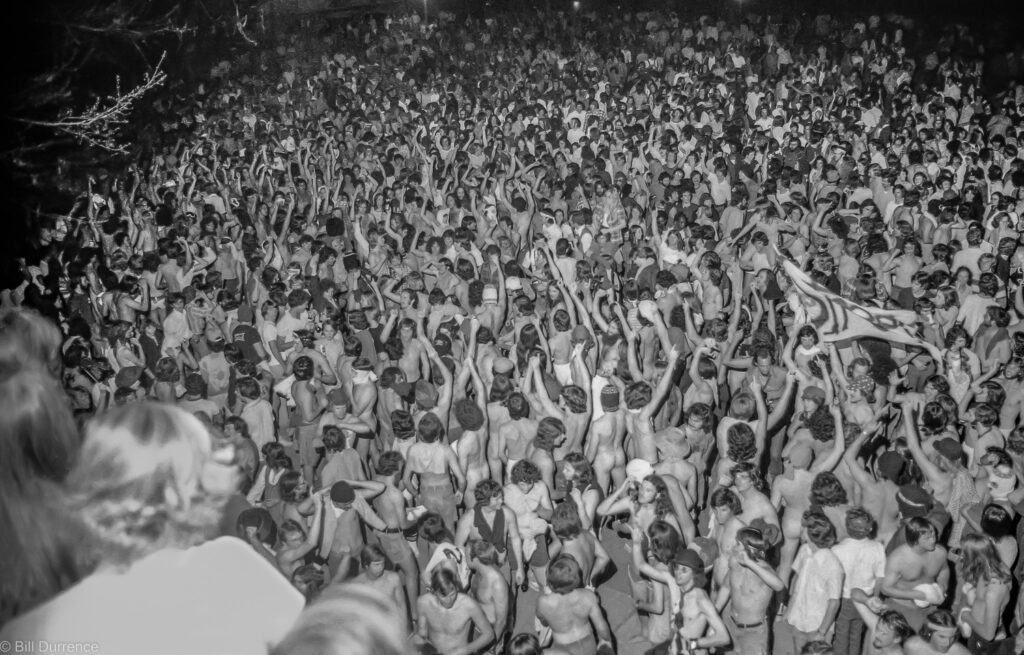Athens, GA, 2022
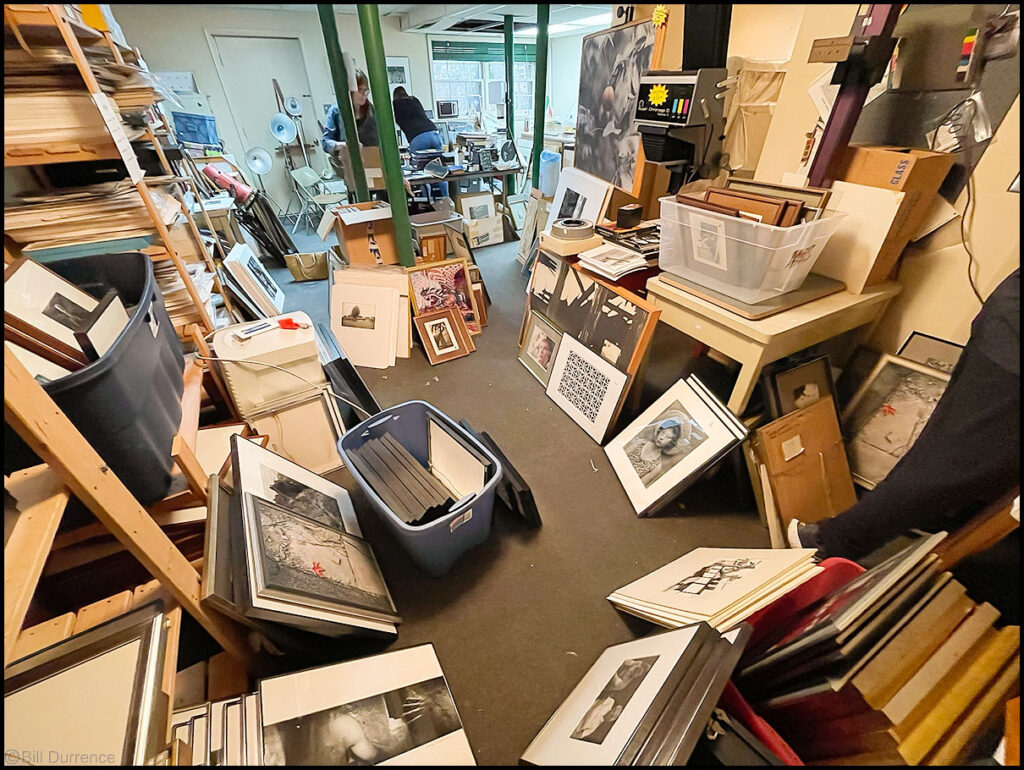
What We Leave Behind:
A couple of weeks ago I received an email from a college friend about an estate sale in Athens, speculating that it might be the leavings of Wiley Sanderson, our professor, mentor, and tormentor, from many years ago (the early 1970s) in the Visual Arts Department at the University of Georgia. (GO Dawgs!) He had passed away several years back.
If you have been fortunate to work within a creative lifestyle, and have survived at that for long, you probably had a mentor at some point who gave you the technical and intellectual tools. That’s who Wiley was for me. I’ve learned much from many teachers over the years, but Wiley looms the largest. He was the antithesis of some kind, grandfatherly sort you might choose for a mentor; he was a hard and demanding taskmaster who pointed you in a direction and then insisted you think and do the work. He was sure of the rightness of his directions and offered little compromise to anyone. One of the signs he kept posted in the communal student darkroom was, “Most people would rather be ruined by praise than improved by criticism.” He was committed to improving us.
An Estate Sale is the ultimate and final ignominy, the redistribution of all the accumulations of a lifetime, minus any personal value one may have attached to them. My friend and I drove up for the sale, a pilgrimage to remember the man, and to see if there might be some memento of him each of us might want to bring home. I did get several prints, and some books. And I remembered that what he also left behind, of immeasurable value, is the legacy of all the young voices he influenced.
Another Georgia icon lost this week—Vince Dooley. I’m not really a sports guy, never played, so I had no direct connection, but I love Georgia football and have him to thank for many emotional autumn seasons ranging from agony to ecstasy. It was always a little reassuring to know he was still in Athens. RIP Vince.
For more photographs, go to https://www.billdurrence.com/index

